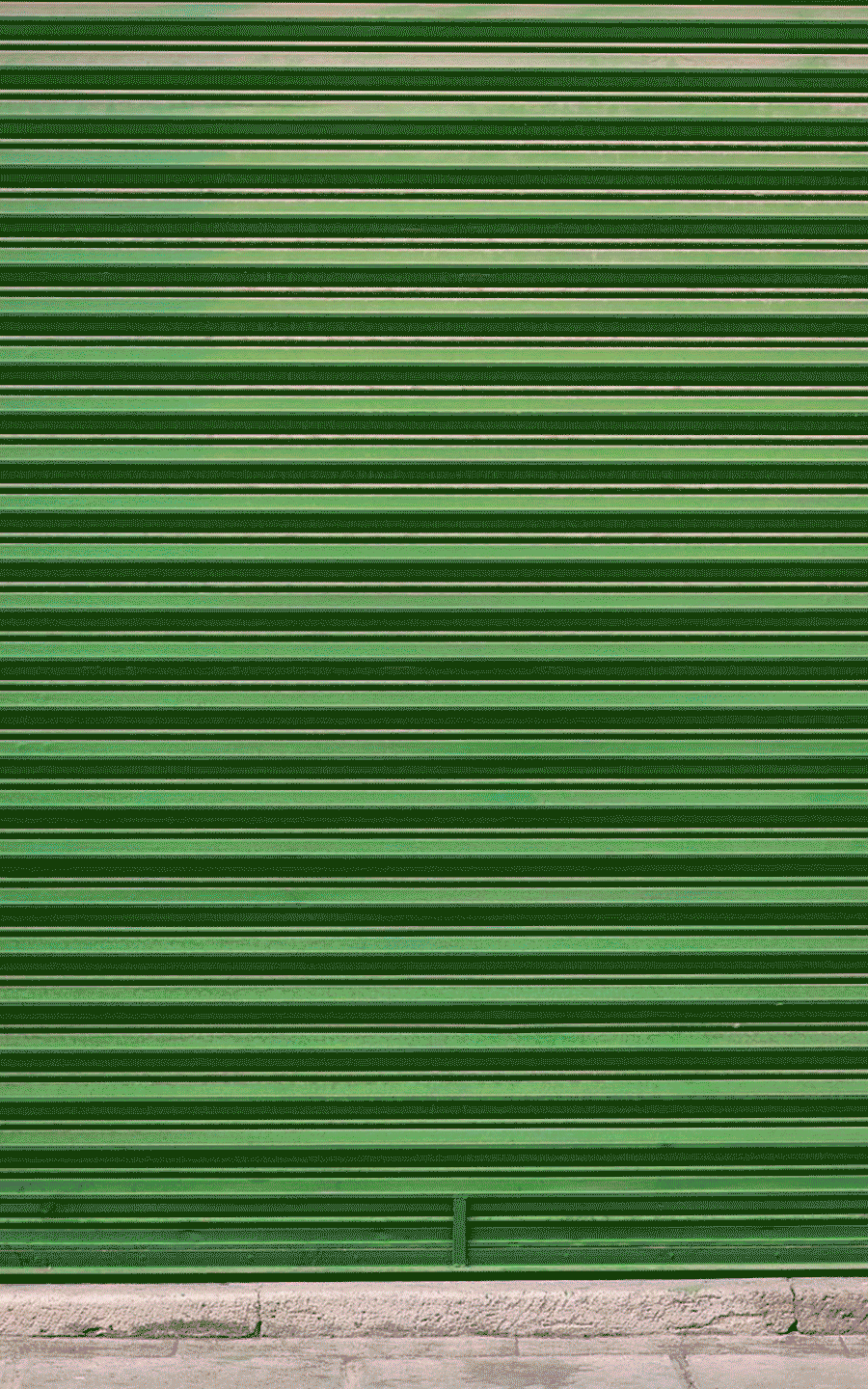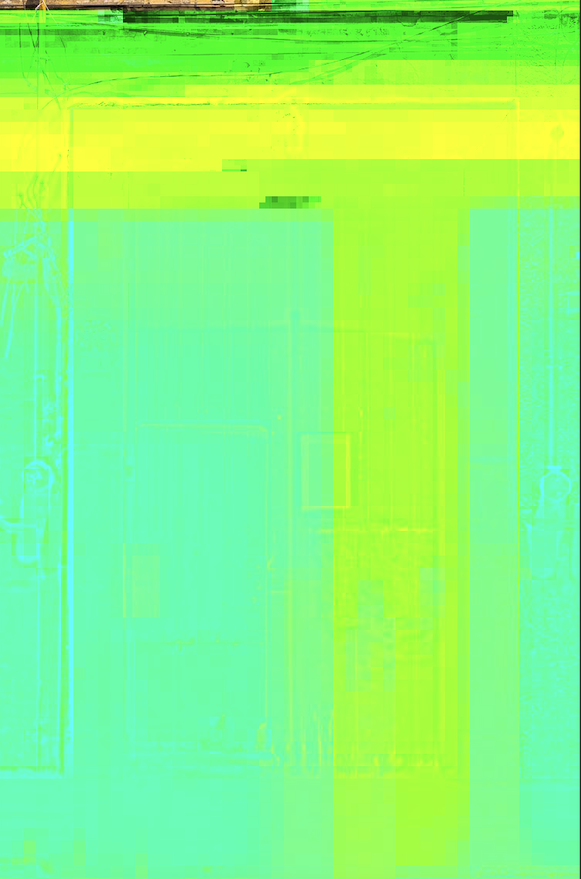Breaking Images - Glitch as Tactic
This body of work explores the use of glitch and data-bending techniques as a means to disrupt visual systems of heritage, preservation, and imperial power. Centered on the historic core of Puebla, Mexico—a UNESCO World Heritage Site since 1987—this project interrogates how images participate in the ongoing construction and control of historical narratives. While Puebla’s inscription on the World Heritage List formalized its global cultural value, it also embedded the city within a visual economy that privileges curated aesthetics, colonial nostalgia, and neoliberal development.
Photographic representations of Puebla’s urban fabric—its facades, surfaces, and ornamental features—are deliberately broken, fragmented, and corrupted. Glitch becomes a critical tactic: it resists the polish of restoration, refuses the seamlessness of heritage branding, and renders visible the unstable foundations beneath idealized visual regimes. These disruptions serve not only as formal interventions, but as conceptual ruptures—gestures that refuse the static image and implicate the viewer in a politics of misrecognition.
The glitch reveals that systems of heritage are not neutral acts of preservation, but are inherently political and aesthetic maneuvers. Color restorations, ornamental revivals, and the visual order of “authenticity” are exposed as mechanisms of control—erasing layered vernacular histories in favor of a marketable colonial image. By corrupting these photographic surfaces, the work calls attention to the erasures they represent. What does it mean to preserve a place by making it visually legible to outsiders? What is lost in this act of legibility?
Drawing parallels between glitch as technological rupture and restoration as ideological imposition, the work positions both as acts of reconfiguration—one imposed by the system, the other by the artist. The visual distortion in these images is not a malfunction but a deliberate sabotage. It resists the ornamental smoothness of heritage imagery and instead proposes a counter-archive—one that holds space for absence, distortion, and resistance.
Through these corrupted images, the work asks: what might it mean to preserve by breaking? What new histories might emerge when the image fails to perform its colonial function?

















































